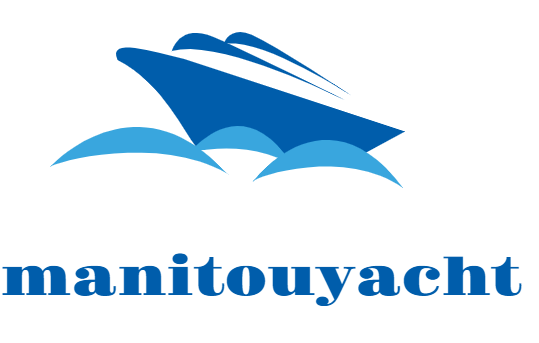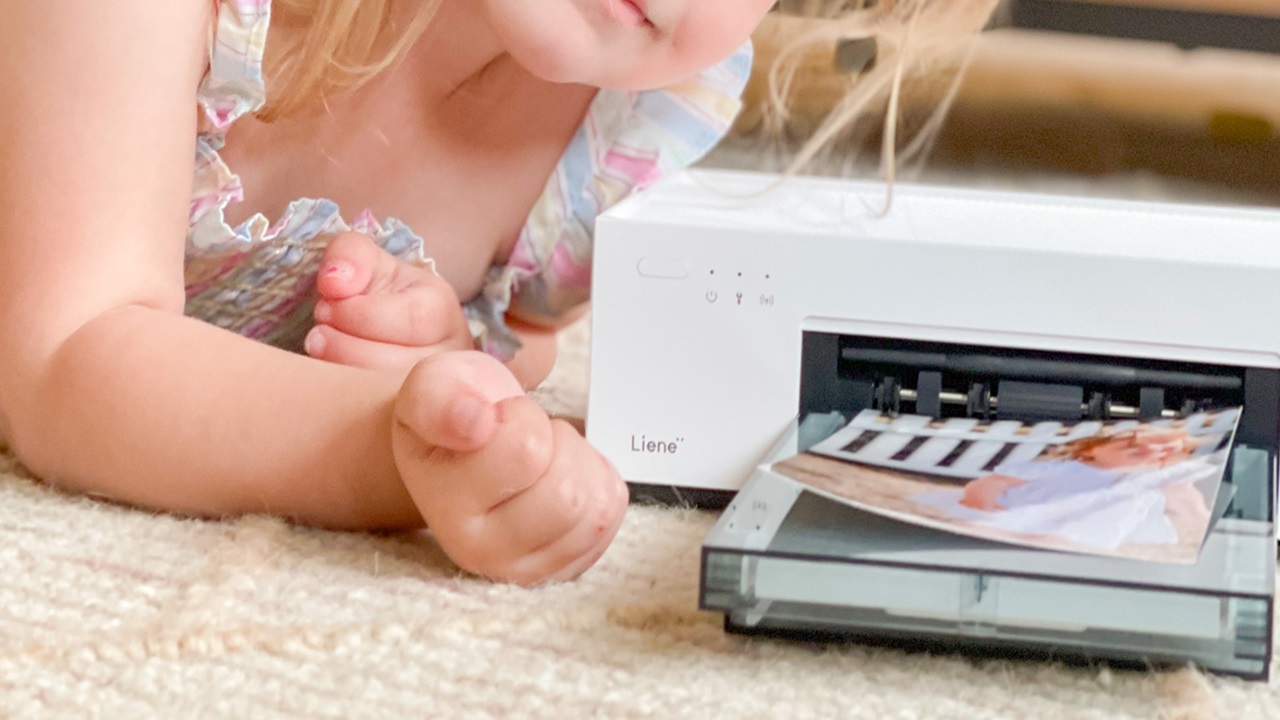In an era dominated by digital technologies and the instant sharing of memories through social media, the allure of physical photographs remains steadfast. However, with the advent of portable photo printers and the continuous evolution of traditional printing methods, individuals find themselves at a crossroads, deciding between the convenience of modern portable printers and the timeless charm of traditional printing. With a bluetooth photo printer also known as portable printers, you can effortlessly transform your cherished smartphone memories into tangible prints on the go. In this ultimate comparison, we delve into the intricacies of both, exploring their unique features, benefits, and the experience they offer.
The Rise of Portable Photo Printers
Portable photo printers have become popular among individuals seeking a convenient and on-the-go solution for turning digital memories into tangible prints. The Pearl Portable Photo Printers, for instance, epitomize this trend. The seamless connectivity to iOS and Android smartphones via Bluetooth adds an extra layer of convenience, allowing users to print cherished moments wherever they may be.
One of the standout features of portable photo printers is the incorporation of Zink technology, rendering the need for ink cartridges obsolete. The 2*3" adhesive photo paper of Liene printers provides a unique twist, allowing users to print and stick their moments, creating an interactive and dynamic way to display memories.
Classics of Traditional Printing
On the other end of the spectrum, traditional printing methods retain their timeless appeal. The process of selecting and developing film, carefully curating a set of photographs, and waiting in anticipation for the prints to emerge has a nostalgic charm that resonates with photography enthusiasts.
One of the primary advantages of traditional printing lies in the diverse array of print sizes and formats available. The quality of traditional prints also lends itself well to framing, turning photographs into timeless pieces of art that can adorn walls and shelves for years to come.
Understanding Convenience Factor
The convenience offered by portable photo printers is undoubtedly a significant factor in their popularity. With the ability to print anytime, anywhere, these compact devices fit seamlessly into the fast-paced lifestyles of today. The absence of ink cartridges simplifies the maintenance process, making portable printers an accessible choice for individuals who prioritize simplicity and efficiency.
Traditional printing, however, requires a more deliberate approach. The need for film development, potential trips to a photo lab, and the waiting period for prints might seem cumbersome in comparison.
The Personalization Dilemma
In the realm of personalization, portable photo printers offer a range of options through apps like the Liene Photo APP. Filters, borders, and creative enhancements provide users with the tools to add a personal touch to their prints. This instantaneous customization caters to the desire for quick and personalized results, aligning perfectly with the culture of immediate satisfaction.
Traditional prints, on the other hand, rely on the inherent qualities of film and paper. While the process might be more involved, the final prints carry a distinct character that stems from the chemistry of traditional development. Each print becomes a unique piece, a tangible representation of the photographer's artistic vision, devoid of digital manipulation.
Conclusion
Ultimately, the choice between portable photo printers and traditional printing boils down to personal preferences, lifestyle, and the desired photographic experience. For some, the speed and convenience of portable printers may be the deciding factor, while others may find solace in the deliberate and nostalgic process of traditional printing. Perhaps the future lies in a harmonious coexistence, where both methods cater to the diverse needs of a photography-loving audience, ensuring that the beauty of capturing and preserving moments endures in all its forms.


